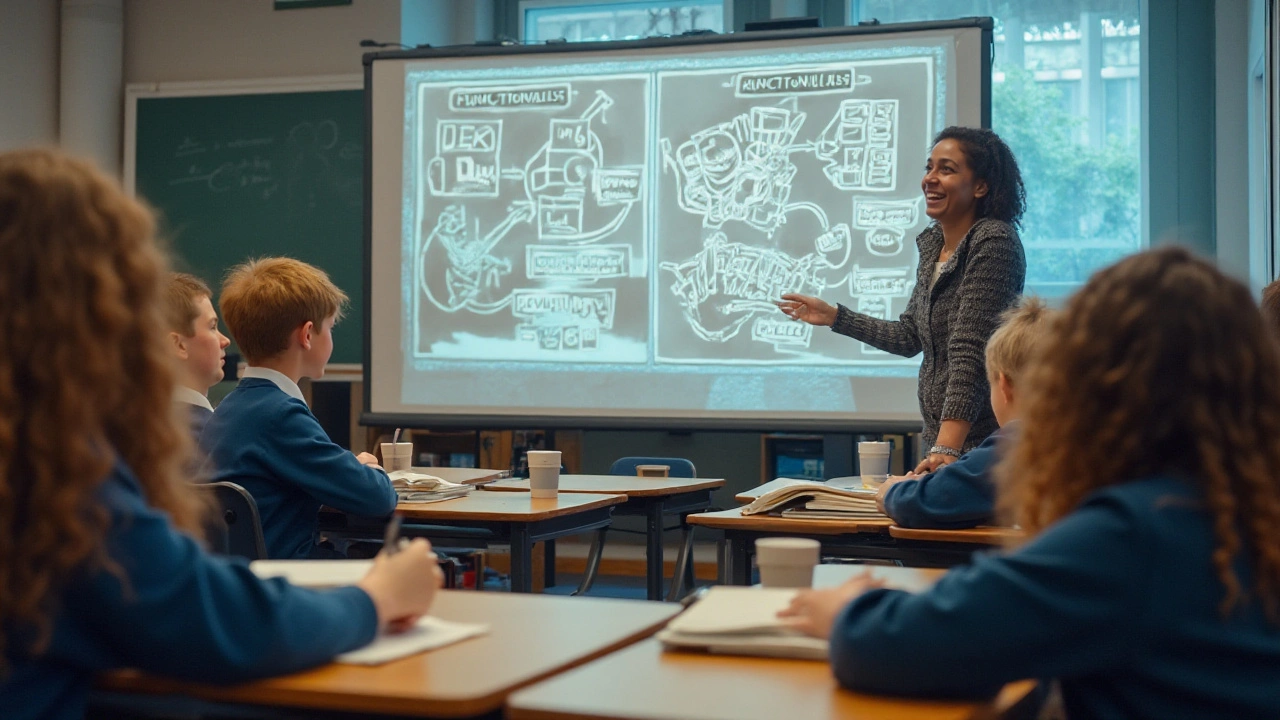Impact on Education: How Art & Architecture Shape Learning
Buildings and artworks are lessons you can touch, walk around, and sketch. They teach history, math, science, design, and social studies all at once. Want students to care about geometry? Bring them to a Gothic arch. Want a hands-on engineering lesson? Use Roman aqueducts as a model. This page gives concrete ideas teachers and learners can use right away.
Physical places and visual art anchor abstract ideas. For example, Roman concrete and arches show simple physics and long-term thinking. Gothic cathedrals show how geometry creates stability and light. Beaux-Arts civic buildings show how design communicates values. Pointing these connections out makes lessons stick faster than a textbook chapter ever will.
Quick classroom activities
Activity 1 — Design a mini-aqueduct: Give students cardboard, clay, and water. Challenge them to move water across a gap without leaks. Tie the task to the "Ancient Roman Architecture" posts for background and to spark questions about materials and scale.
Activity 2 — Style scavenger hunt: Assign small groups different styles from our articles (Gothic Revival, Greek Revival, Art Nouveau). Ask them to find local examples or use online images, note three signature features, and present one modern use. This practices observation, research, and public speaking.
Activity 3 — Minimalism for focus: Use the "Minimalism in Tech" and "Minimalism Tips" posts to run a digital-declutter day. Students list three apps or tools they can simplify, then test productivity changes. This connects design decisions to daily habits.
Ways teachers and students can use site content
Use specific posts as lesson starters. Show the "Byzantine Architecture" article when discussing mosaics and color theory. Use "Functionalism Explained" for sociology or civics units that ask why buildings reflect social needs. Each post gives examples you can turn into quick slides, quizzes, or project prompts.
Field trips can be real or virtual. Many museums and heritage sites offer virtual tours tied to styles like Renaissance or Baroque. If a field trip isn’t possible, ask students to create a virtual gallery with images from the site and short captions explaining the educational link.
Assess learning with small project rubrics: clarity of idea, evidence from style or structure, craftsmanship, and reflection. Reflection can be a short paragraph asking how the style affected their understanding of a topic—history, math, material science, or community identity.
Want ready-to-use resources? Pair articles from this tag with worksheets: matching terms to images, short research prompts, and DIY build guides. That turns passive reading into active learning that works across grades and subjects.
Curious where to start? Pick one article that fits your subject, design a 45-minute hands-on task from the activity ideas above, and ask students to reflect in five sentences. That small loop—read, build, reflect—keeps lessons tight and memorable.

Functionalism's Role and Impact on Modern Education Systems
This article delves into the concept of functionalism and how it has shaped and influenced education systems around the world. It covers the basic principles of functionalism, its historical context, key proponents, and real-world applications in modern education. The aim is to provide insightful information that can help educators, students, and policymakers understand the significant role functionalism plays in contemporary education.
Read more